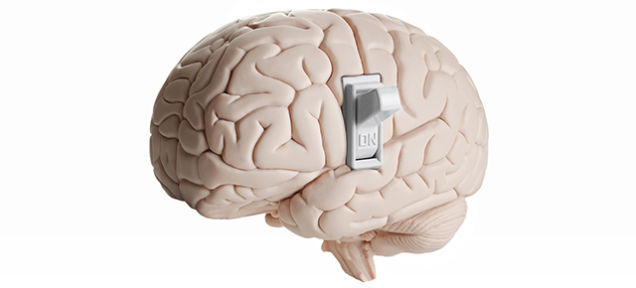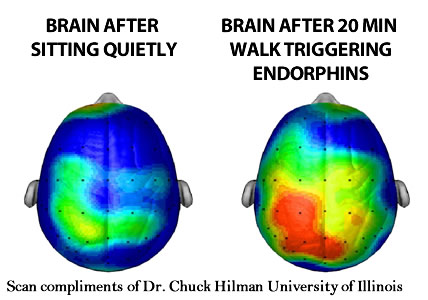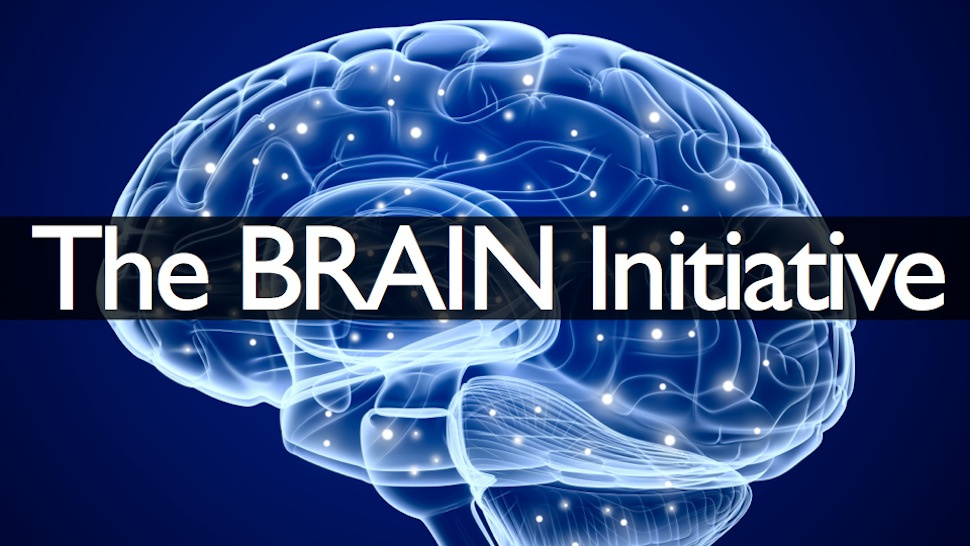– ‘Super soldiers’: The quest for the ultimate human killing machine (Independent, Nov. 17, 2011):
Guilt, tiredness, stress, shock – can specialised drugs help to mute the qualities that make soldiers human, asks Michael Hanlon?
The ancient Spartans believed that battlefield training began at birth. Those who failed the first round of selection, which took place at the ripe old age of 48 hours, were left at the foot of a mountain to die. The survivors would, in years to come, often wonder if these rejects were the lucky ones. Because to harden them up, putative Spartan warriors were subjected to a vigorous regime involving unending physical violence, severe cold, a lack of sleep and constant sexual abuse.
As with the English public schools, which used similar tactics to produce the warriors who carved out the British Empire, the Spartan regime worked; the alumni were the most feared soldiers in the eastern Mediterranean. And ever since then, military chiefs have wondered whether it may be possible to short-cut the long and demanding Spartan regime to produce a soldier who kills without care or remorse, shows no fear, can fight battle after battle without fatigue and generally behave more like a machine than a man.
In the post-war era, the future of fighting was thought to be about tanks and missiles, large impersonal machines that would fight huge battles over the open terrain of Northern Europe. The soldiers would be pressing buttons in a command centre. But despite the advent of drone aircraft, much of 21st-century warfare is turning out to be a drawn-out, messy business, fought on a human scale in the mud and dust of Afghanistan. And fought against a mercurial army of irregulars who melt away into the fields and farms once the skirmish is over. Modern soldiers are not the cannon fodder of before. Highly trained and super fit, each one represents a huge investment by the nation that sends them into battle. A soldier who is too tired to fight effectively, who has gone mad or who is suffering from severe stress is like a broken-down tank, no use to anybody. What if soldiers could be made that did not break down?
Read more‘Super Soldiers’: The Quest For The Ultimate Human Killing Machine








